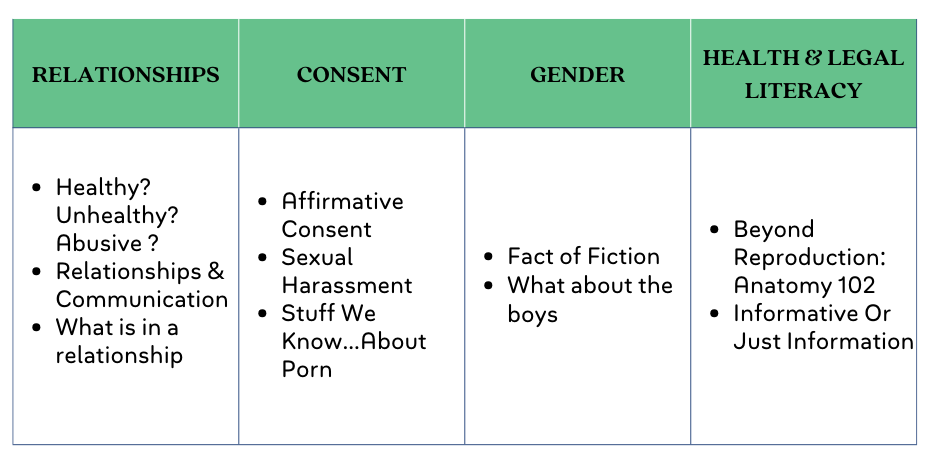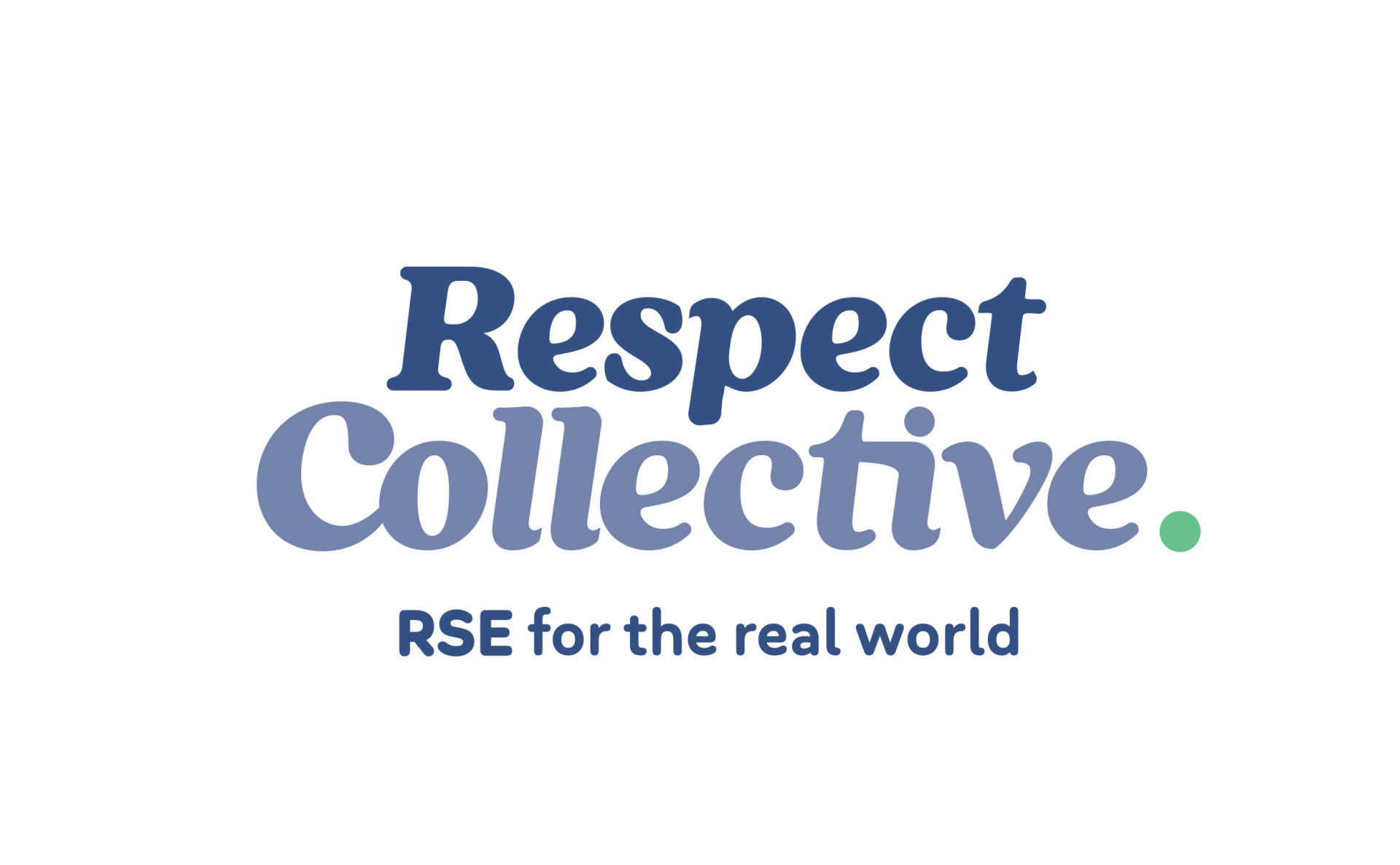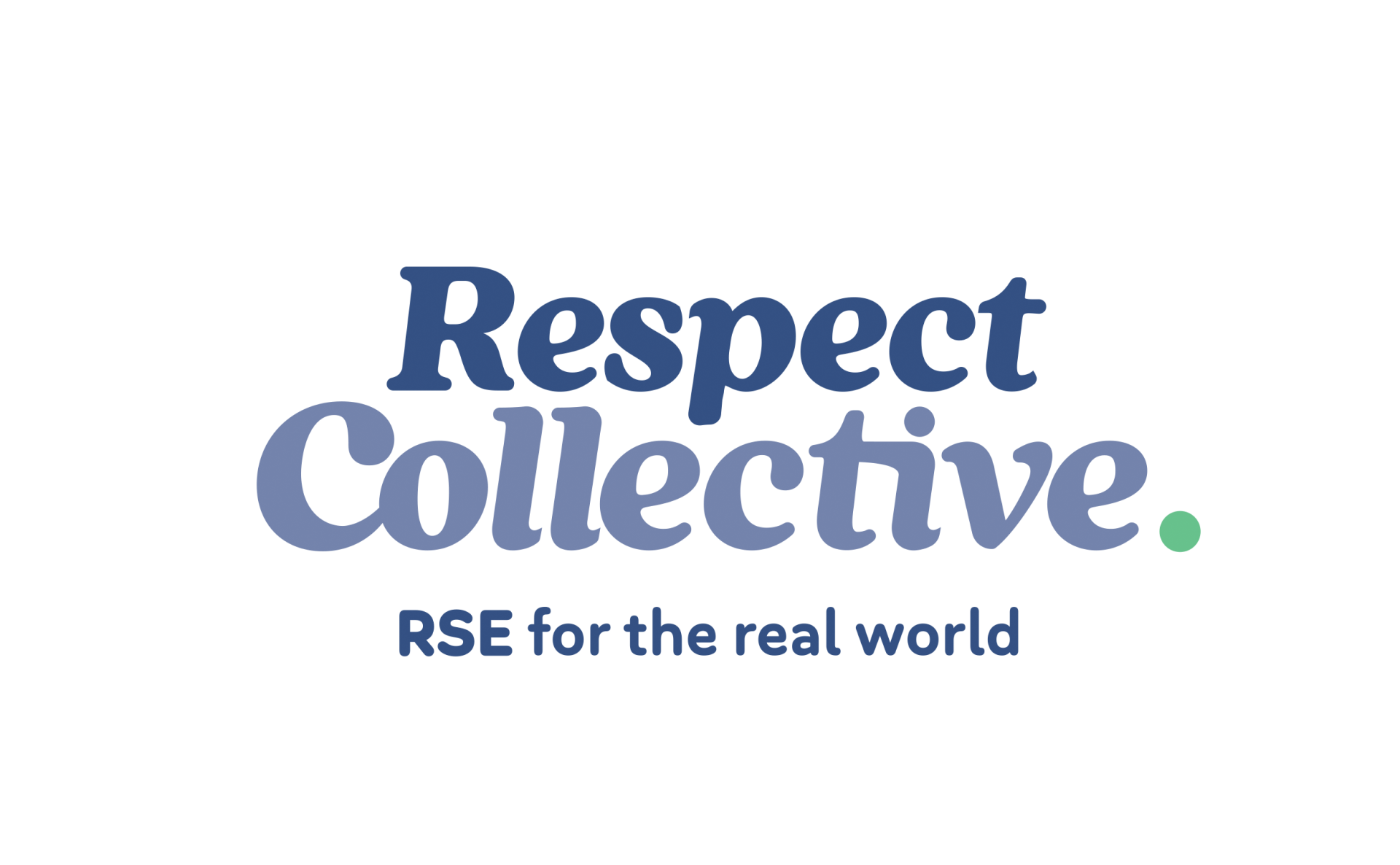In this
Healthy? Unhealthy? Abusive? lesson, students will explore the elements of relationships.
They will
discuss their own views on a set of relationship statements in an interactive quiz. Students will apply those ideas in a sorting activity that encourages thinking on the ambiguity of actions. This activity highlights the impact of actions and behaviours and the nuance of unhealthy behaviours. The final activity and discussion encourages students to consider the subtle shifts that move a relationship from healthy to unhealthy/abusive, the role of Bystanders, and help seeking and support.
Each lesson ends with a consolidation activity, inviting
students to list 1 thing they have learnt from the lesson, 1 thing they already
knew, 1 piece of advice they would share with a friend, and 1 adult or
organisation that would be helpful in relation to the lesson topic.
There are three options for running this lesson. Additional instructions are:
- 90 minute lesson. Run all activities and take your time on the Relationship Scenarios Worksheet including discussing student answers to each of the worksheet questions.
- 60 minute lesson. Once students have completed the Relationship Scenario Worksheets, skip ahead to the discussion activity which is a broad discussion of the scenarios and the students' thoughts. You do not need to go through each scenario in detail.
- 2 x 45 minute lessons. Run as for the 90 minute lesson ending the first segment after the two 'See The Signs' videos. Invite comments from the students and provide a short debrief before finishing. The second lesson will start with the Relationship Scenarios Worksheet, providing ample time to explore them in depth.


